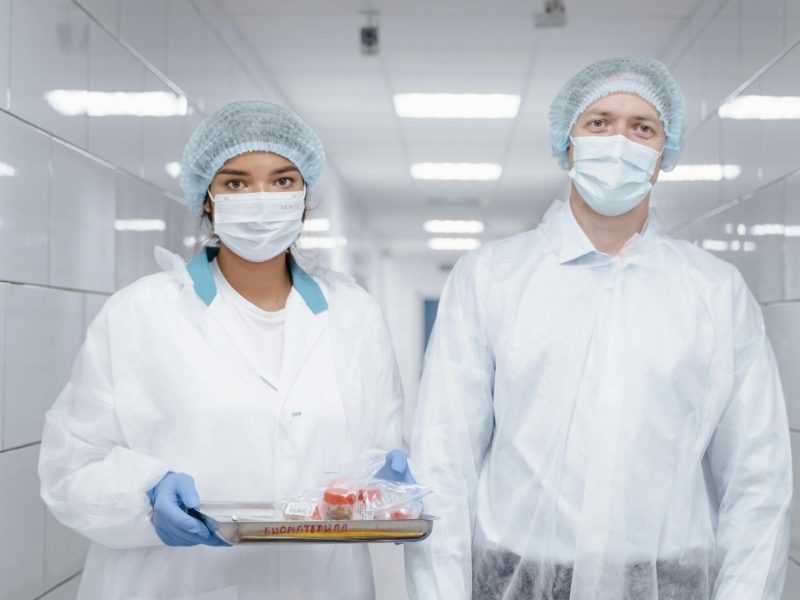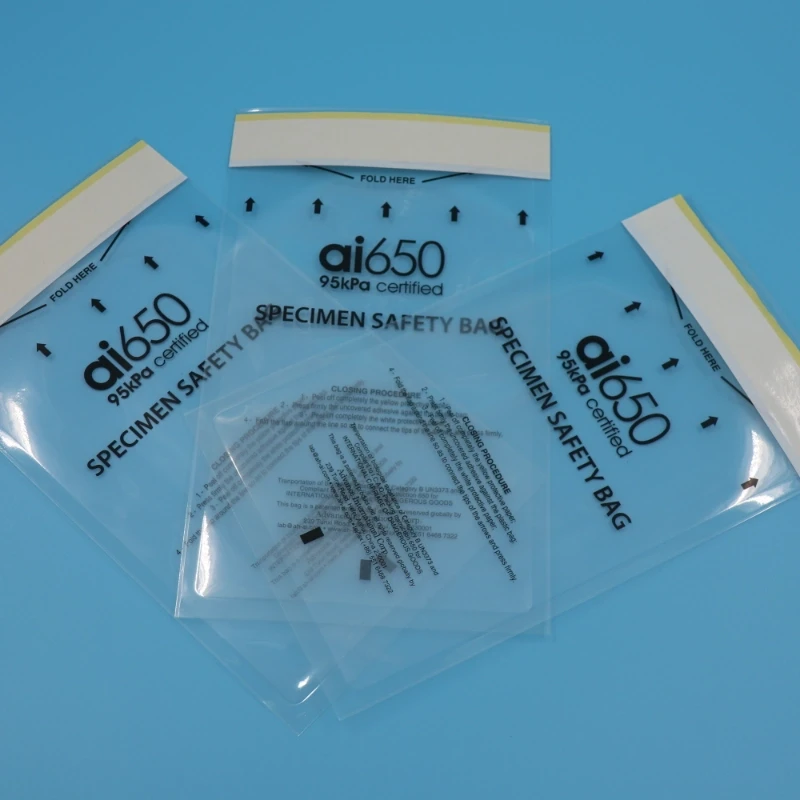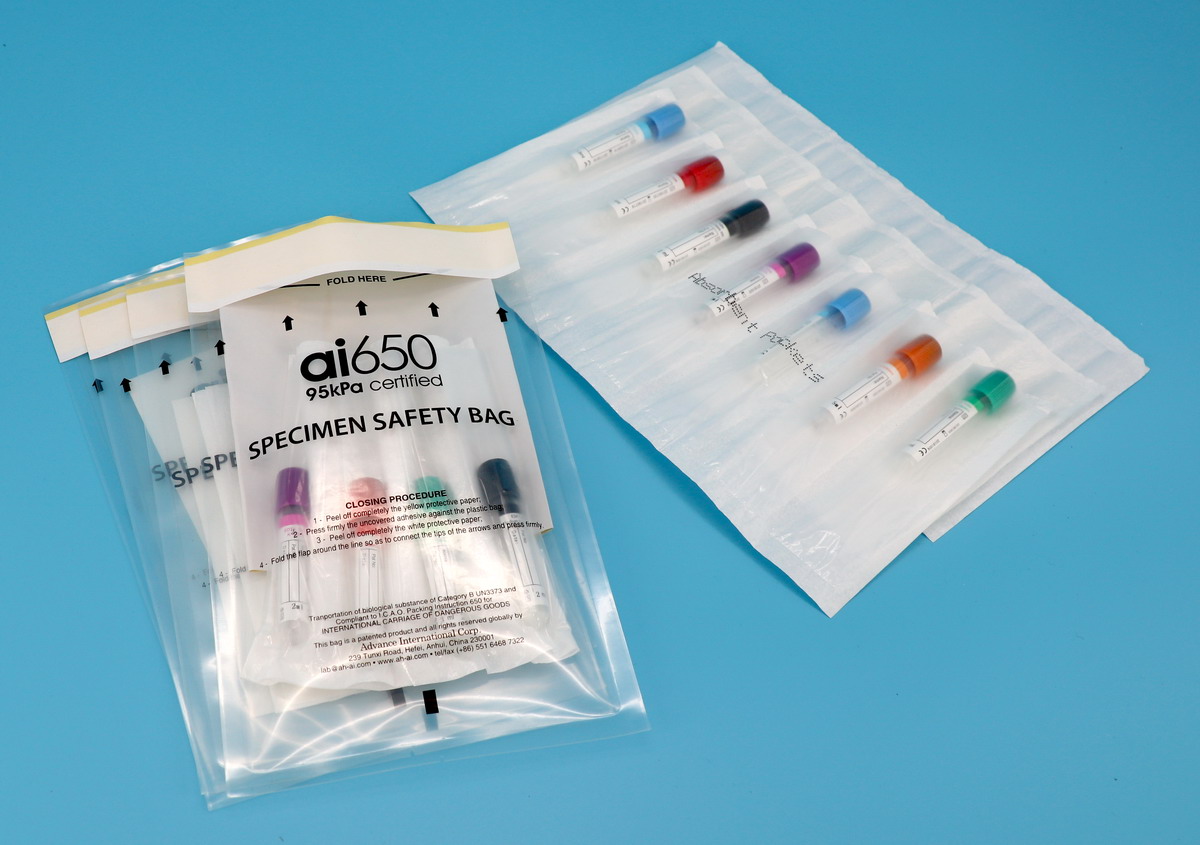The Most Important Aspect of Bio-laboratory Specimen Transportation
Release time: 2024-12-26
In the fields of medicine, chemistry, biology, etc., transporting samples is a very common task. Whether it is laboratory researchers, hospital doctors or pharmaceutical company R&D personnel, they all need to transport samples to specific locations for analysis, testing or research. However, during the transportation process, samples are often easily affected by factors such as environment, temperature, humidity, etc., which may cause the samples to deteriorate or be damaged. In order to ensure the stability and accuracy of the samples, the following are some matters that need to be paid attention to when transporting samples.
During the transportation of biological laboratory samples, the most important thing is to ensure the integrity and safety of the specimens. The realization of this goal needs to start from multiple aspects. The following are some key points:
Temperature control
During the transportation of samples, especially for temperature-sensitive biological samples (such as cells, tissues, blood, etc.), temperature control is crucial. Temperature fluctuations of samples should be avoided as much as possible to avoid affecting the activity of samples and the accuracy of experimental results. Depending on the characteristics of the sample, choose an appropriate refrigeration or freezing method for transportation, and add refrigerant or ice packs to the packaging to maintain low temperatures.

Packaging and Labeling
Samples need to be properly packaged and labeled before shipping. The packaging materials should meet the transportation requirements and be impact-resistant, temperature-resistant or chemical-resistant. For liquid samples, a sealed container with no leakage or seepage should be selected, and the container should be clearly marked with the type, quantity, and date of shipment of the sample. For solid samples, impact-resistant sealed bags or bottles can be used for packaging, and relevant information should be marked.
Protective measures
In addition to basic packaging, it is also necessary to consider various risks that samples may encounter during transportation, such as mechanical vibration, pressure changes, etc., and take corresponding protective measures. For example, place fixtures or buffers in the transport box to reduce mechanical damage.
Personnel qualifications and training
Personnel responsible for transportation should receive relevant biosafety knowledge training, including the source of samples, transportation flow, requirements for sample transportation for different inspection purposes, judgment of whether sample collection is qualified, and biohazards of samples submitted for inspection. and their protection, biohazard transport regulations, temperature control requirements for different samples, emergency response and notification procedures in the event of an accident or leak, etc.
Compliance with laws and regulations
For transportation involving highly pathogenic microorganisms (viruses) strains or samples, relevant transport permits must be obtained in accordance with relevant laws and regulations, and relevant management regulations of the General Administration of Quality Supervision, Inspection and Quarantine must be complied with.
Real-time monitoring and recording
During the transportation process, the location, storage temperature, etc. of the samples should be monitored in real time and records should be kept. This helps to detect and handle any abnormalities in a timely manner and ensure the safe transportation of samples.


